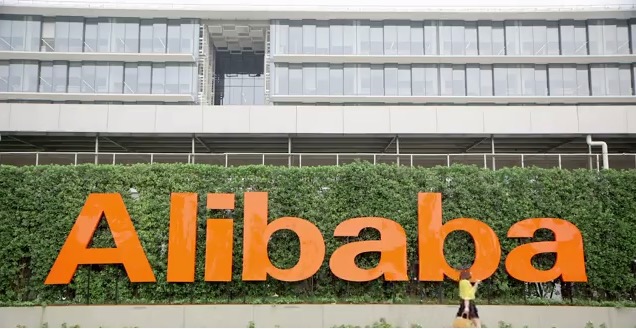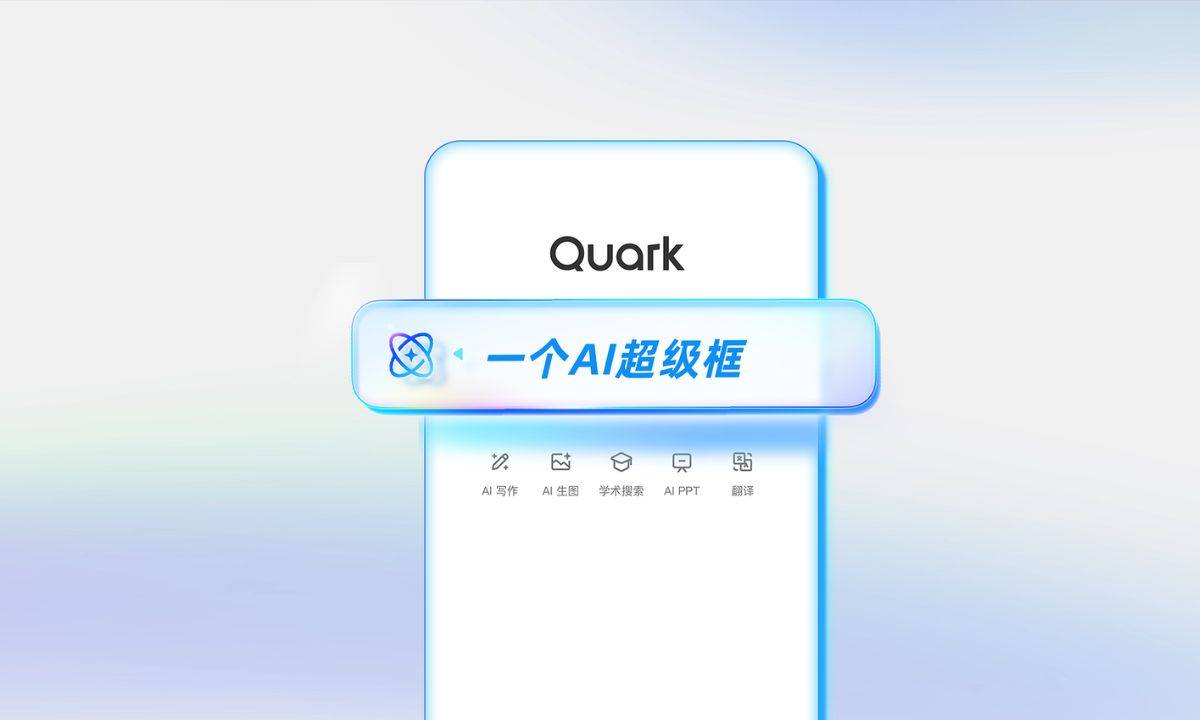
In an Aug. 23 letter to Alibaba Group, trade groups including the Union des Fabricants, the Anti-Counterfeiting Collaboration of Nigeria, and the French Federation of Leather Goods reached out to the China-based e-commerce company, asking that it take stronger steps to address the problems of counterfeit goods being sold on its e-commerce marketplaces while recommending several specific areas for improvement. The following is a response from Alibaba Group President Michael Evans and Alibaba’s Chief Platform Governance Officer Jessie Zheng:
On behalf of Alibaba Group, we’d like to express our appreciation to the trade groups that took the time to craft a candid and constructive letter. Alibaba is frequently the subject of strident, ill-informed accusations that it does little to curtail listings for counterfeit goods on our platforms. The truth is, we host thousands of the world’s top brands including Apple, Burberry, L’Oreal, Nike, P&G, and Unilever, to name a few. It’s in our best interests to keep fakes out of our online marketplaces—and we spend millions of dollars a year on advanced technology and human capital in this effort. We find it gratifying that you recognize that we have undertaken “a great number of concrete steps” to deliver on our anti-counterfeit commitments.
As we have said in the past, counterfeiting is a complex global issue that can only be addressed when all industry players join forces. As the largest retail commerce company in the world, Alibaba is determined to be the global leader in this fight and we are committed to working with brands, governments, law enforcement and industry groups to reduce the volume of counterfeits on our platforms.
Whenever disparate organizations try to work together to tackle a global problem, communication, coordination and understanding are paramount. In this spirit, we’d like to clear up some misperceptions about our anti-counterfeiting efforts that are evident from some of your specific recommendations, while providing additional information for clarity and transparency.
First, we’d like to point out that most of the technical anti-counterfeiting measures you suggested we adopt (in the areas of proactive filtering for counterfeit listings and in verifying the true identities of sellers) are already employed by Alibaba’s platform governance team. Here are some examples:
- We routinely screen for listings offering “branded” products that we know are not actually made by the brand owner, and we proactively remove these listings and even close down stores depending on the situation.
- We block publication of listings that contain red-flag keywords (such as “replica” and “imitation”) used by counterfeit sellers to attract customers.
- We employ big-data technology to screen out deceptive listings that use familiar brand names in headlines to advertise unrelated products.
- We use Optical Character Recognition (OCR) technology to detect if product photos contain certain keywords such as brand names or inappropriate text.
- We use characteristics of previously identified illegal photos to proactively detect and remove other photos that have similar characteristics. If text appearing in photos is disproportionately large (a trick used by counterfeiters) our system automatically flags these items for additional review.
These are just some examples. We are also in agreement vis-√†-vis your suggestion that we utilize “modern techniques such as machine learning and big-data analysis to identify higher-risk profile owners.” We are aggressively exploiting advanced technologies to continuously upgrade the ways we spot behavior patterns of fraudulent sellers. Indeed, we consider our big-data expertise to be one of the most promising weapons in our anti-counterfeit arsenal. We agree with you that one of the most effective ways to fight counterfeiting is through the use of sophisticated preventative measures to preclude counterfeiters from getting on our platforms in the first place.
However, not all of your recommendations are practical in the current online environment. For example, we are unable to implement your suggestion that we employ software that can detect the deceptive-seller practice of posting blurry photos of products to hide that they are fakes, for a simple reason: automated image-recognition technology capable of reliably spotting counterfeits is not yet mature and hence is not available, either in house or from third-party tech companies. Similarly, your suggestion that we “establish a robust audit program” targeting sellers whose online profiles indicate they are a counterfeit risk is impractical because, as a marketplace operator and not a government regulator, we don’t believe we have the right or the means to conduct aggressive business audits of independent merchants, who number in the millions on our marketplaces.
We welcome your observations about shortcomings in our online systems that allow brand owners to report intellectual property violations on our platforms so offending listings can be expeditiously removed. But we disagree with your assertion that Alibaba’s main complaint systems, TaoProtect and AliProtect, are “woefully slow”—and, to paraphrase your letter, that they place too much emphasis on “protecting the little guy” (small sellers who find themselves accused of IP violations) while placing too great a burden on legitimate brand owners who use these systems to register complaints.
Some of our differences arise from an inadequate understanding of the complexities of IP rights enforcement in vast online marketplaces. As a responsible intermediary, we cannot simply accept all complaints at face value and kick suspicious vendors off our platforms without cause. We must require complainants to furnish documentation, such as proof they are the legal holders of the rights being violated. While our documentation requirements can seem onerous and time-consuming, they are a necessary safeguard. We have found some complainants are actually online merchants who are trying to game the system by using false documents to back a claim of IP infringement solely to harass competitors.
We hope you can understand that the processes we have in place are not designed to frustrate rights holders. We are trying to strike a difficult balance between efficient conflict resolution and the protection of the rights of all parties. To maintain fairness and prevent abuse of the system, weseek to adhere to the principle that merchants are innocent until proven guilty.
Still, we recognize the need for faster, more efficient takedown processes, especially for brands that are frequently targeted by counterfeiters. As you know, last year Alibaba launched what we call the Good Faith Take-down Mechanism to reduce some of the red tape that companies face when they file complaints against online merchants operating on Alibaba’s Taobao Marketplace. This programcuts the time and documentation requirements needed to get counterfeit listings taken down on behalf of trusted companies. Brands qualify for the program by establishing a successful track record using TaoProtect and AliProtect—successful meaning that at least 90 percent of a company’s complaints result in the removal of IP-infringing listings.
In your letter, you suggest that, because our main complaint systems are too slow and the results are too uncertain, the bar is set too high at 90 percent. However, more than 900 companies have qualified for the Good Faith program to date (up fromroughly 400 at the end of last year) and about half ofthese are international brands.Clearly, a lot of brands are successfully using our systems. Moreover, we feel it is reasonable to set a high bar for qualification because Good Faith members enjoy almost unconditional trust, enabling them to get infringing listings removed almost immediately with minimal review on our part.
In addition to the Good Faith program, we announced in May that we hoped to launch by year-end an expansion of the MarketSafe program that we run in cooperation with the International Anti-Counterfeiting Coalition. This take-down program, which has a solid track record based on a firm commitment from the IACC, is another meaningful example of how Alibaba works closely with industry groups on the piracy problem.
Piracy and counterfeiting have been around for many years, and the scale of the fake-goods trade is enormous. The problem can’t be solved with silver-bullet solutions because there aren’t any of those. Neither brands nor trade associations nor marketplaces like Alibaba have the ability to independently eliminatethis plague in a short period of time.
We can make a difference by working together. But we must first be willing to understand each others’ perspectives, business models and limitations. We must also be willing to share the costs of waging an anti-counterfeit war. Insisting that future cooperation be available to anyone without additional costs—as your letter suggests—implies you expect the entire burden should fall on Alibaba. We do not believe this is a good starting place for partnership.
We are, however, confident that consensus can be achieved and creative anti-counterfeiting strategies can be developed by pooling the collective knowledge and expertise of our respective industries. Advances in internet and big data technologies hold the promise of providing solutions where none existed before. Alibaba’s size, our China operations, our insights available through technology and data, and our commitment mean we have the tools and resources to make a significant impact on this issue. Our goal is nothing less than to be not only the global leader in e-commerce, but also the global leader in anti-counterfeiting. The responsibility for both goes hand-in-hand.
But we cannot do this alone. For this reason, we thank you for your willingness to engage in a constructive dialogue.




